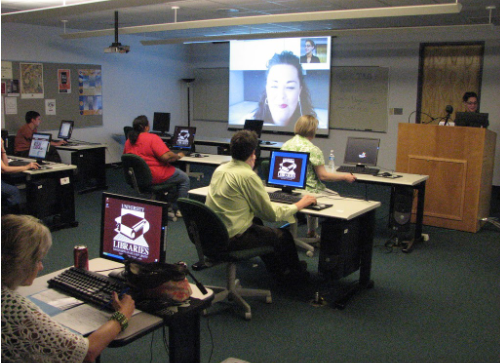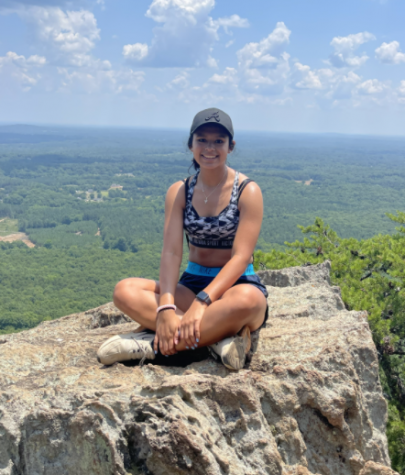Learning both ways
The good and bad of online and in-person learning

January 28, 2021
Because of Covid-19, the environment of learning has changed. When NC Governor Roy Cooper introduced different instructional delivery plans, students found themselves in non-traditional ways.
Due to the number of cases of the virus at the time, Cooper initially enacted the third of four possible methods of instructional delivery: Plan C, which requires virtual learning for all students. Planning for the future, the governor and top state officials simultaneously also created Plan A, which would have allowed students to attend face-to-face for the 2020 school year, and Plan B, a hybrid format in which students spend some part of time learning face-to-face and part online. Options A and B, however, could not be put into effect until the governor deemed them safe.
As 2020 progressed, high schools moved to Plan B with an option of Plan D, all virtual. UCPS Board of Education voted in August 2020 to allow students to attend in-person instruction twice a week and virtual instruction for the remainder of the week.
“The plans offered by Roy Cooper are reasonable to work with, especially for what is going on in the world right now,” junior Laci McShane said.
335 SV students and their families opted for virtual learning in the fall with 416 enrolling in the SV Virtual Academy for Spring 2021, equating to 30.5% of the student body . According to research by the Journal of Instructional Technology and Distance Learning, learning virtually allows for extra individual time and new forms of learning.
“Virtual learning is good because you are at home and not around many people. Especially with all the Covid stuff going on, it is safer,” freshman Sheyla Johnson said.
While learning at home is safer for most people’s health, students have to remain disciplined with their schedules and must adapt to the lack of social interaction, as well as experience more screentime.
“I don’t like virtual learning. I find it harder to learn that way. I think it’s more difficult because it’s hard to understand whatever the teacher is teaching compared to in-person, where you have a better understanding. It is also difficult to focus and to have motivation,” Johnson said.
The healthcare company National Youth Mental Health Foundation argues that in-person learning does much better by allowing high school students to be more focused on their schoolwork, to gain a better understanding of problem-solving, and to communicate more with students and teachers. Not all students, however, agree with NYMHF.
“I prefer in-person learning because staying at home for a while can make people lazy over time. Being in person is also better because there are fewer communication issues between the student and the teacher,” McShane said.
The Pediatric Care Group of doctors warns that the disadvantages of in-person learning can leave a higher risk of catching Covid-19 even through all the safety regulations applied.
“When I go to school, I am still very cautious with [whom]I am around because of some kids not wearing masks correctly,” freshman Haakon Arneson said.
Students continue to adjust to the changes in their learning environments.
“With this new learning change, I have noticed that I do well with having good time management and balancing out my school work and other activities,” Arneson said.

